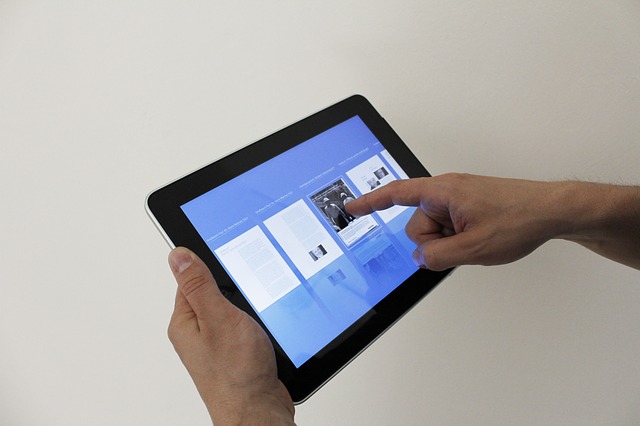If you’re a website owner, there’s a good chance you’ll have across the term UI. Short for user interface, this simply refers to the interface with which any visitor to your site will be confronted when they arrive upon it. It’s all about the aesthetics of the experience, with a view to facilitating their navigation of your site and their enjoyment of their time upon it.
With that in mind, it doesn’t matter if you operate an online casino, an ecommerce website or an informational blog, UI will always be important. That’s because how a website appears upon first impression – and how intuitive it is for users to navigate – will invariably influence how they feel about it and whether or not they’re likely to return.
UI vs UX
UI is not to be confused with UX, or user experience. Although the two terms do refer to similar characteristics (when discussing websites, at least) and are even used almost interchangeably by some people, they actually refer to quite distinct things. User interface is all about how a website looks and feels to the user, while UX encompasses every aspect of their experience upon it.
As such, UI is often a facet of UX. As the first thing that will greet a potential customer’s eyes when they land on your domain, UI is all important in securing a good first impression. After all, you’ll never get another chance to make one, so it’s vital that you take the time to finesse your site’s aesthetics and ensure the UI is up to scratch.
How to achieve a great UI
Unless you’re a master coder, it’s probably advisable to use a pre-existing wireframe template to get your website off the ground. The good news is that there are a wealth of themed options to choose from, especially for those using a WordPress domain to host their site. This will serve as a good foundation from which to work and develop your site.
Then, it’s imperative that you tailor the pre-existing template to cater to your particular audience. To do so, you’ll first have to take the time to understand them and anticipate their needs, then set up your site in such a way that fulfils them without undue effort on their part. Replicate this individualized approach across your whole site – paying careful attention to the placement and size of elements like text and imagery – and you’ll come away with a UI that really speaks to your customers.
Pitfalls to steer clear of
Having said that, there are a number of common mistakes which can negatively affect your site’s UI. Some of the major ones include:
- Foregoing mobile. Did you know that more than half of all web traffic comes from a mobile device these days? Don’t miss out on a sizable chunk of your market by not prioritizing a mobile experience.
- Using stock images. Using stock images can help you out in a jam, but too many of them will make your site look unprofessional and run the risk of a visitor recognizing one from elsewhere. Use original content where possible.
- Being inconsistent. Just as a user is becoming familiar with your site, the last thing they need is to have the rug pulled from under their feet. If that occurs at the checkout stage, for example, you could lose a sale.
- Overloading your CTAs. Calls-to-action are an important way of prompting your visitors to sign up to your newsletter or opt-in for offers, but too many of them will make you seem needy and unattractive. Use CTAs sparingly.
UI can make all the difference between a visitor bouncing off your site immediately or spending plenty of time (and money) upon it. Make sure you get that right and the rest can fall into place.

